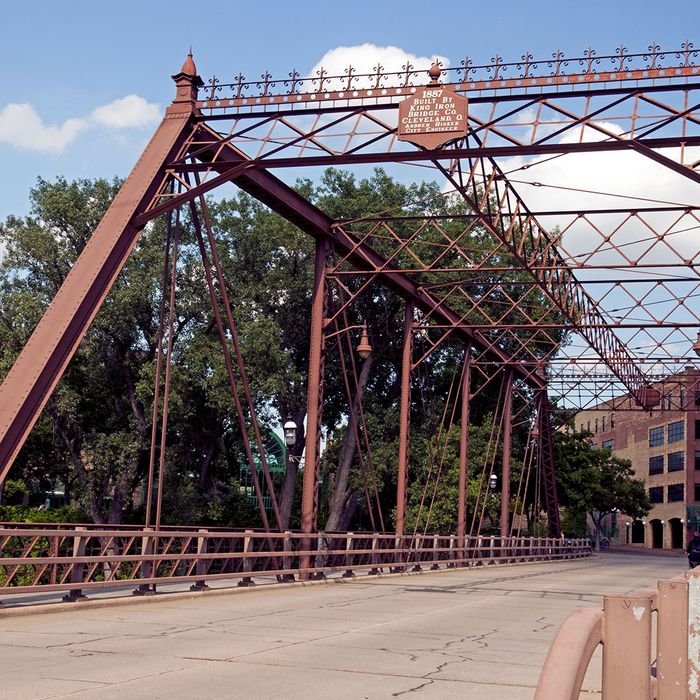Best Practices and Lessons Learned on the Preservation and Rehabilitation of Historic Bridges
Best Practices and Lessons Learned on the Preservation and Rehabilitation of Historic Bridges
Historic bridges hold immense cultural, historical, and architectural significance. Preserving and rehabilitating these structures is essential to safeguarding our heritage and ensuring their continued use. However, the process of preserving and rehabilitating historic bridges requires careful planning, expertise, and adherence to best practices.
At Kurdziel Barker Engineering, you can trust us with your engineering services, and our team has the skills and experience to get the job done right the first time. As a full-service bridge engineering company, we pay attention to detail, and we care about our client’s satisfaction first and foremost. If you’re ready to receive an estimate from us, we are just a phone call away!
Read below to discover four crucial points that highlight the best practices and lessons learned on the preservation and rehabilitation of historic bridges.
Comprehensive Documentation
Preserving and rehabilitating historic bridges begins with thorough documentation. Detailed records should be created, including historical research, archival photographs, construction plans, and condition assessments. This documentation serves as a valuable resource for understanding the bridge's history, identifying potential issues, and guiding preservation efforts. Accurate documentation also aids in securing funding and engaging stakeholders, as it provides a compelling case for the bridge's historical significance and the need for preservation.
Preservation Through Adaptive Reuse
When rehabilitating a historic bridge, the principle of adaptive reuse should be prioritized. Adaptive reuse refers to repurposing the bridge for a new function while preserving its historical integrity. For instance, a former railroad bridge could be converted into a pedestrian walkway or a cycling path. By adapting the bridge to serve a modern purpose, its structural integrity is maintained, and its historical value is preserved. This approach not only ensures the continued relevance of the bridge but also promotes sustainable use and encourages public engagement with the structure.
Collaboration and Stakeholder Engagement
Successful preservation and rehabilitation projects require collaboration among various stakeholders, including government agencies, preservation organizations, engineers, architects, and local communities. Engaging all relevant parties from the beginning fosters a sense of ownership and shared responsibility for the bridge's preservation. Collaborative efforts should involve regular communication, consensus building, and the integration of diverse perspectives. By including local communities, historical societies, and bridge enthusiasts, the project gains valuable insights, fosters community pride, and enhances the bridge's social and cultural value.
Balancing Preservation and Safety
Preservation efforts must strike a delicate balance between maintaining historical integrity and ensuring public safety. Safety considerations should be paramount, and any necessary structural modifications or repairs must meet current engineering standards. Preservation professionals must carefully assess the bridge's load capacity, evaluate potential risks, and implement appropriate measures to mitigate them. This may involve installing reinforcements, conducting regular inspections, and implementing maintenance programs. Striking a balance between preservation and safety ensures that historic bridges can continue to serve their intended purpose while safeguarding the well-being of users.
The preservation and rehabilitation of historic bridges are complex endeavors that require meticulous planning, collaboration, and adherence to best practices. Through comprehensive documentation, adaptive reuse, stakeholder engagement, and a balance between preservation and safety, these iconic structures can be protected for future generations to appreciate. By recognizing the lessons learned and following established best practices, we can ensure that our historic bridges remain vibrant testaments to our shared history and serve as valuable assets for communities around the world. Are you ready to work with Kurdziel Barker Engineering? Don’t hesitate to reach out to us at your convenience! We look forward to working with you in the near future.




